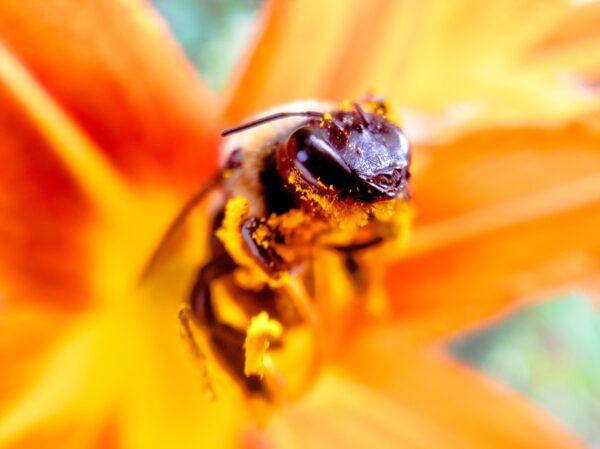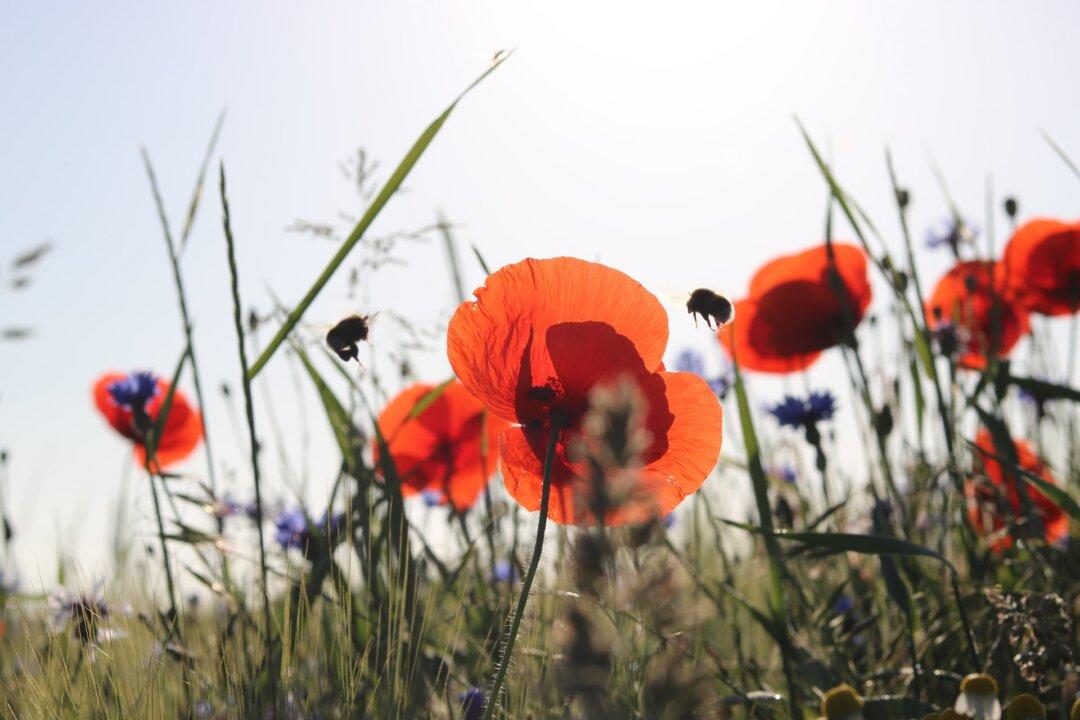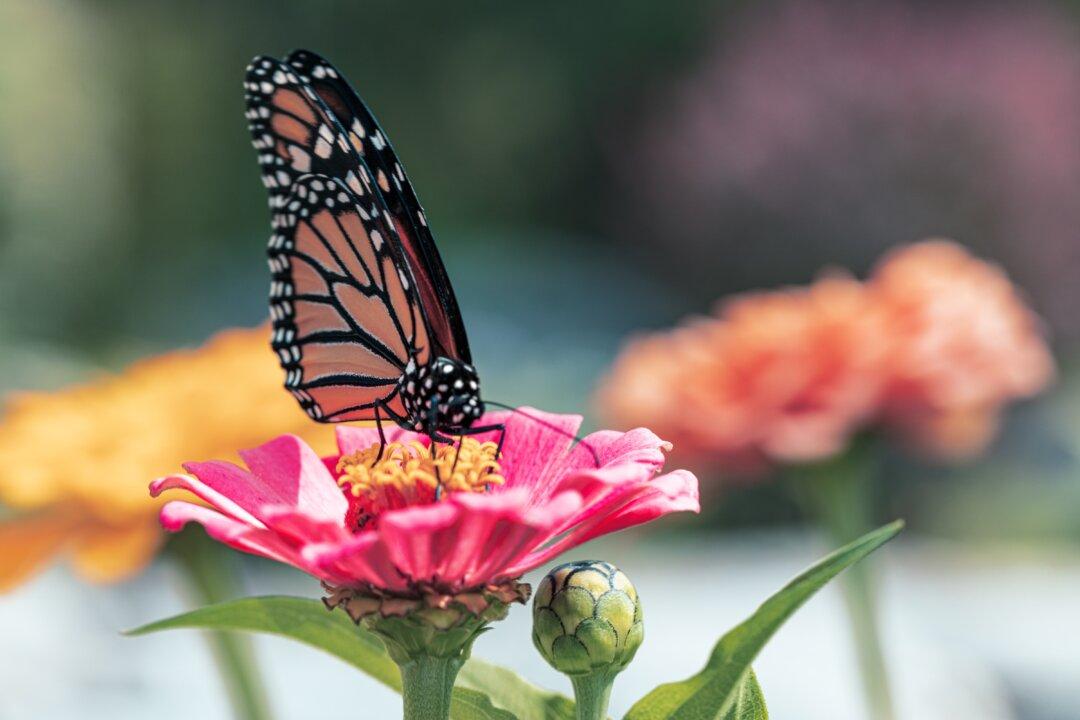Have you ever stopped to think about how much of our food begins as a flower? Most of our fruits, nuts, and vegetables start with a flower. Flowers can’t produce seeds and grow into food without pollination. That means we rely on bees, butterflies, beetles, birds, and bats for much of our food and many other items we use daily. Do you realize that we also depend on pollinators for adding billions of dollars to the global economy?
Hard-working pollinators
According to the Xerces Society, animal pollinators are responsible for assisting more than 85% of the world’s flowering plants, including two-thirds of the world’s crops. Pollinator.org breaks those percentages into numbers stating animal pollinators provide pollination services to over 180,000 different plant species and more than 1200 crops.
80% of the world's flowering plant species depend on pollinators, this includes 35% of the worlds crops. Bill Nino/Unsplash





